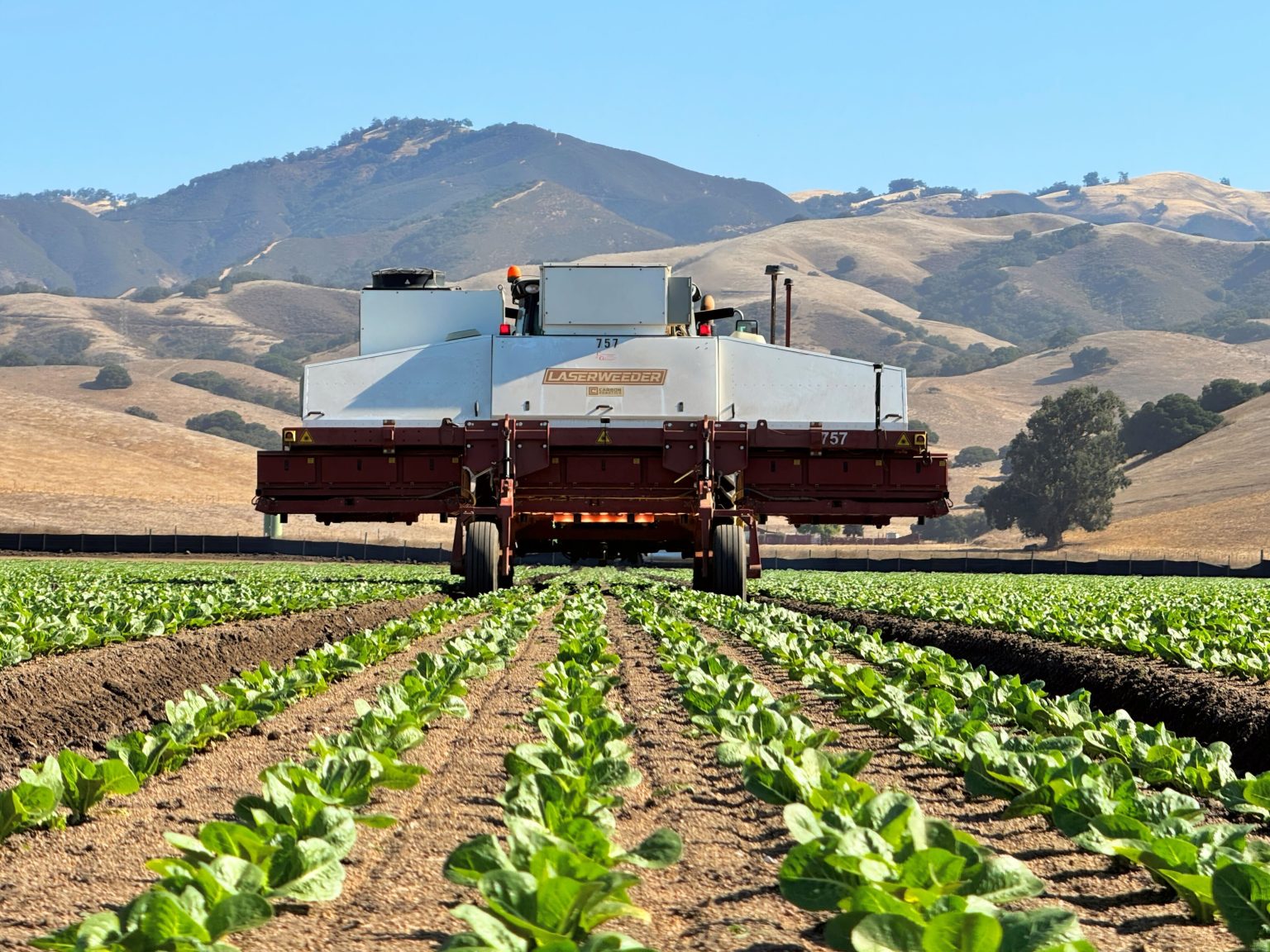The Pacific Northwest: America’s Emerging Agtech Powerhouse
At the intersection of agricultural heritage and technological innovation, Seattle and the broader Pacific Northwest are quietly transforming into one of America’s leading hubs for agricultural technology. This regional evolution is no accident—it stems from a unique combination of top-tier technical talent, deep farming roots, and forward-thinking investors who recognize agriculture’s potential for technological disruption. According to Erik Benson, managing director at Voyager Capital and himself raised on a 2,000-acre farm north of Seattle, the region now sits confidently among the nation’s top five agtech ecosystems. The area draws strength from robust robotics and AI expertise housed at institutions like the University of Washington, complemented by innovative farming communities across Eastern Washington and Oregon. This powerful combination creates a fertile environment where agricultural challenges meet technological solutions, driving a wave of startups addressing everything from weed management to crop analytics.
The agtech revolution isn’t limited to the Pacific Northwest, but represents a broader shift in how we approach food production globally. Benson identifies three critical inflection points driving this transformation: the emergence of billion-dollar success stories that validate the sector’s economic potential; a generational shift as tech-savvy farmers more readily embrace new technologies; and perhaps most significantly, a fundamental transition from chemical-dependent agriculture toward solutions leveraging physics, robotics, and artificial intelligence. This last point represents not just technological evolution but a philosophical realignment toward sustainability. While global venture funding in agtech has cooled since its 2021 peak of $14 billion, the sector maintains strong momentum, with companies attending Voyager’s recent CEO Summit collectively raising over $1 billion. Benson remains bullish, directing approximately 20% of Voyager’s latest fund toward agtech startups, including four within the Pacific Northwest region.
Among these regional standouts is Carbon Robotics, a Seattle-based company ranked 10th on the GeekWire 200 list of top Pacific Northwest startups. Having raised an impressive $157 million since its 2018 launch, Carbon Robotics exemplifies the region’s approach to agricultural innovation. The company’s technology helps farmers eliminate weeds without herbicides, using AI and computer vision to detect plants and eliminate weeds with precision lasers. More recently, they’ve expanded into self-driving platforms for tractors. CEO Paul Mikesell, a Seattle software veteran and University of Washington graduate, points to the convergence of artificial intelligence and affordable electronics as driving what he calls a “robotic revolution” in agriculture. “Agriculture and agtech are at the forefront of that because it’s just so ripe for disruption,” Mikesell notes, highlighting how ancient farming practices are being reimagined through technological lenses.
The diversity of agtech innovation across Washington State is remarkable, spanning multiple agricultural challenges. Companies like Aigen are creating solar-powered robots that roam farms plucking weeds, reducing both pesticide use and manual labor requirements. Ganaz has developed software helping food processing and agriculture companies manage human resources, communication, and payment systems—addressing the critical labor component of agriculture. Meanwhile, IUNU applies AI and machine vision to monitor greenhouse efficiency, optimizing indoor growing environments. The startup Strella Biotechnology has taken a different approach, focusing on predicting produce shelf life to reduce food waste and improve quality throughout the supply chain. Each of these companies addresses distinct agricultural pain points, demonstrating the sector’s breadth and complexity.
Technological approaches vary widely among these regional innovators. Some companies like Koidra focus on smart greenhouse control systems powered by artificial intelligence, while others such as TerraClear develop rock-mapping and picking technologies to simplify the task of clearing fields. FruitScout applies industrial computer vision specifically to commercial agriculture focused on high-value crops like agave, apples, and grapes. Innov8.ag helps farmers leverage data for insights on labor, inventory, traceability, and crop yield—essentially bringing data science to traditional farming. Orchard Robotics utilizes artificial intelligence to deliver precise operational data for farms, while Skysense employs drones to help farmers spot problems across large agricultural areas. This technological diversity reflects the multifaceted nature of agricultural challenges and the creative approaches emerging to address them.
The Pacific Northwest’s emergence as an agtech hub represents more than just regional economic development—it signals a fundamental rethinking of how technology and agriculture intersect. As companies like Qualterra convert crop and forestry waste into biochar (capturing carbon while boosting crops), and Adaptive Symbiotic Technologies researches plant microbes as agricultural treatments, they’re pioneering approaches that enhance sustainability while maintaining productivity. FarmHQ focuses on optimizing center pivot irrigation, addressing critical water management issues in an era of climate uncertainty. Compass Reg helps agriculture companies navigate the increasingly complex regulatory environment. Collectively, these innovations reflect a shift toward what might be called intelligent agriculture—farming that leverages data, automation, and biological understanding to reduce environmental impact while enhancing food security. With continued support from investors like Voyager Capital and the region’s unique blend of agricultural wisdom and technological expertise, the Pacific Northwest stands poised to lead agricultural innovation for decades to come, potentially transforming how humanity produces food in an increasingly resource-constrained world.


